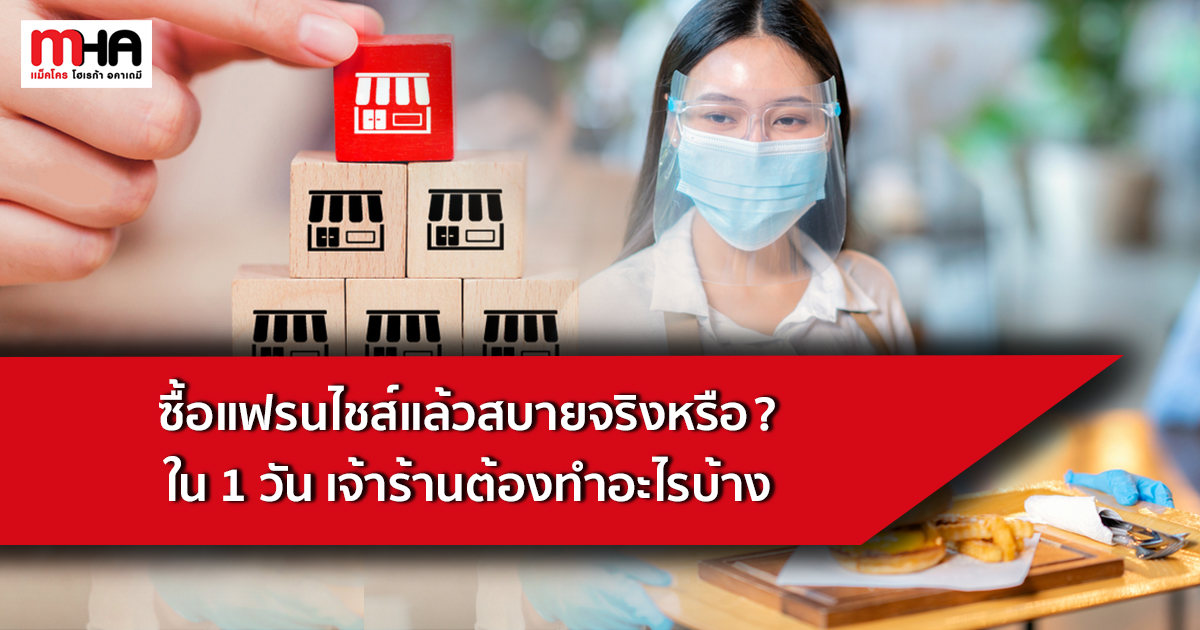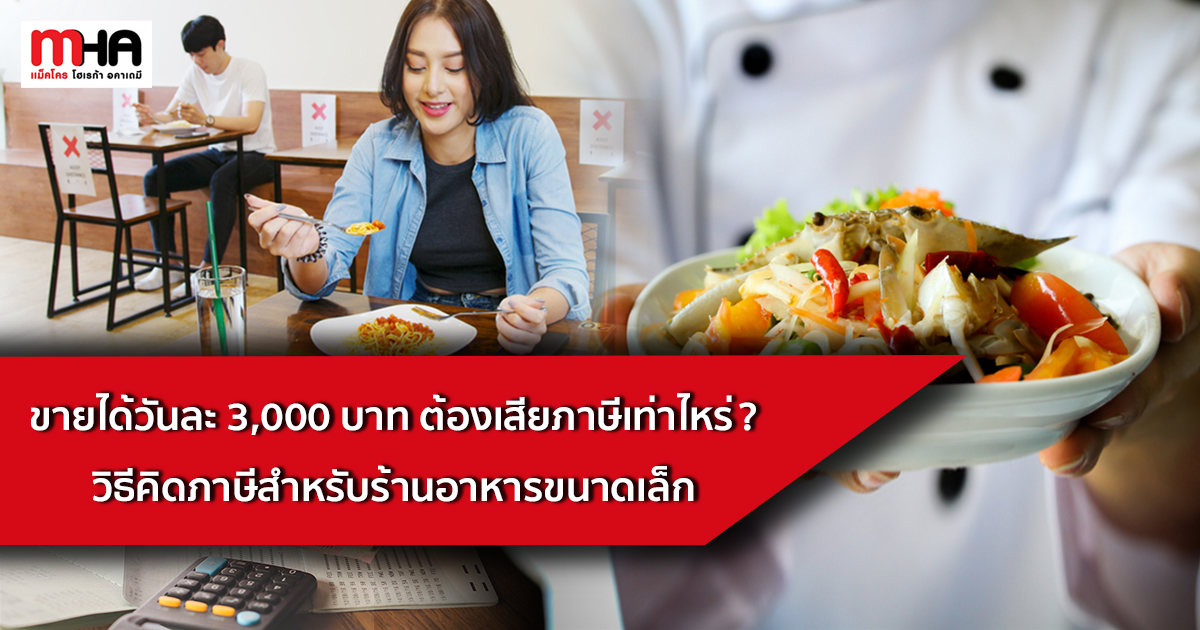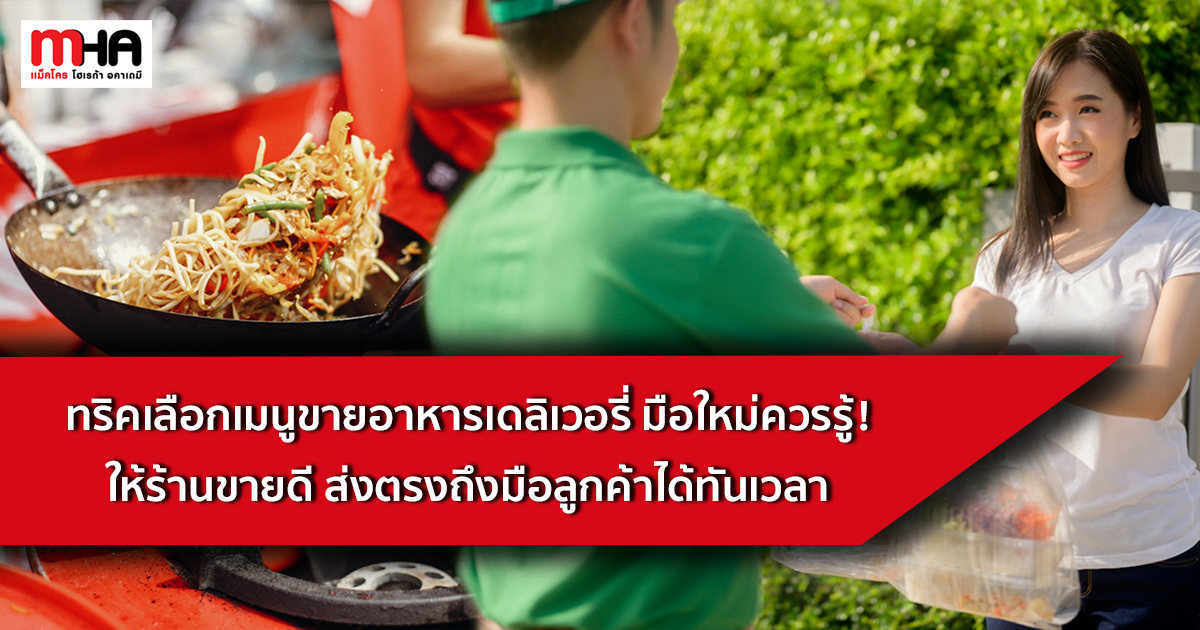Save Costs, Create Cash Flow: A Restaurant’s Way to Survive
Cash flow is an important aspect of doing any business and it is particularly necessary for restaurant businesses because most restaurants have daily expenses requiring cash flow.
Regardless, a lot of restaurant entrepreneurs neglect the subject of cash flow, possibly because they see that cash circulates daily and there is enough cash flow in the system to cover expenses. This is very risky and yields results we see in crises that impact sales where the backup cash flow is insufficient and the restaurant cannot continue.
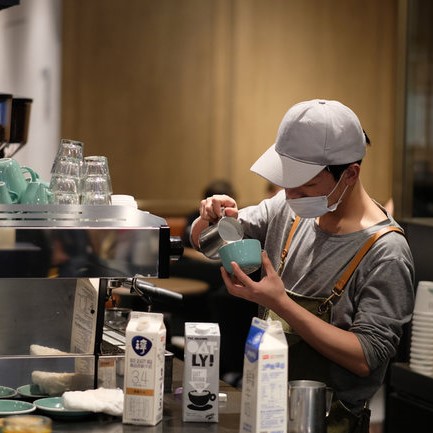
The Covid-19 crisis makes us recall the basics we have always been taught in operating a restaurant business: You have to have at least six months’ worth of backup funds. That means that, even though no sales are generated, in the next six months, the business will still have a backup fund for various expenses to help it survive.
This is because a business takes time to succeed. So, this is a good opportunity to give renewed importance to cash flow and we’re here to share some cost management methods for generating cash flow for your restaurant in the future.
Although some measures have been eased to allow restaurants to provide dine-in services, the chances of restaurants generating pre-Covid-19 income levels in the early phases are slim due to several environmental factors and a reduction in income naturally impacts cash flow.
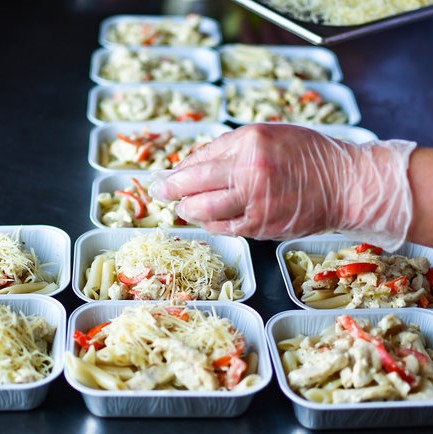
So, the first things entrepreneurs have to manage are as follows:
-
Food Costs
Of course, when we open a restaurant we have to buy some ingredients. And at the start of the lockdown, we might have bought them daily. When they ran out, we would close the restaurant. However, when we start opening the restaurant for dining in, buying things daily might not be suitable. We have to buy enough ingredients for at least two days to make it easier to manage the stock.
Having a backup stock is like putting in the cash flow. At this point, entrepreneurs have to carefully calculate the amount required for each day. Learn how to manage your inventory like a professional with this free online course.
2. Changing Your Purchasing Behavior to Match Your Cash Flow
Originally, you might have bought in bulk to save or take advantage of a promotion or whatever. Now you have to consider buying in smaller amounts sufficient for 2-3 days along with alternatively assessing your daily cash flow, because you want to maintain your cash flow levels as much as possible. However, you also have to consider whether purchasing ingredients this way is worth the transportation/delivery fees.

3. Evaluating the Market, Customer Demands or Competition
Although the ingredients for some types of dishes might have sold well before Covid-19, that might not be the case anymore since customers have other options or other forms of competition in the market that are doing better than you. You have to evaluate the situation to avoid ordering too much of those ingredients. For example, barbeque shrimps that used to sell well for some restaurants might not sell as well today, because there is a surplus of shrimp in the market and so many options and competing prices that customers can simply choose restaurants with better prices than yours.
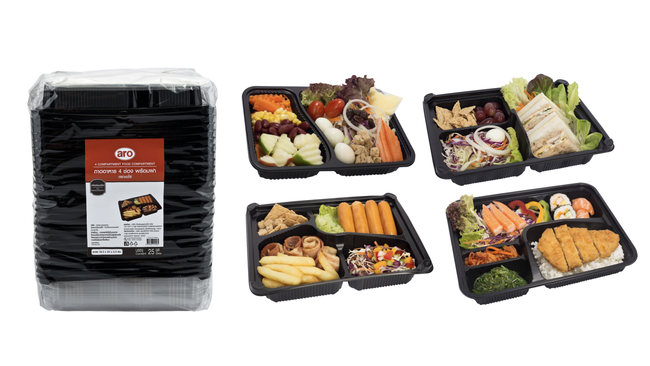
4. Investing in Packaging and Various Equipment
According to the safety standard regulations issued by the CCSA or local administration organizations, for example, using a table shield, each type of shop and customer group should be considered. If you can cut costs while still meeting the standards, you should do so. The same goes for containers. Does your packaging have to be the best or special? How much importance do customers give to this aspect? These are the things entrepreneurs have to analyze. Otherwise, the cash you spend investing in this part may be excessive.
These are methods some entrepreneurs still overlook when it comes to food cost management, which is the biggest ratio in a restaurant’s costs. If an entrepreneur is able to manage this portion of the costs and reduce it without affecting product quality, it could help your business to generate cash flow more fluently.
In the current situation, if you use the evaluation of analysts, it would take until the end of the year, or over a year for the economy to recover. So, for business people, maintaining as much cash flow as possible is the key. You should use any method you can to save, or try using our recommended methods above.
Click to read other articles here:

